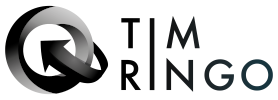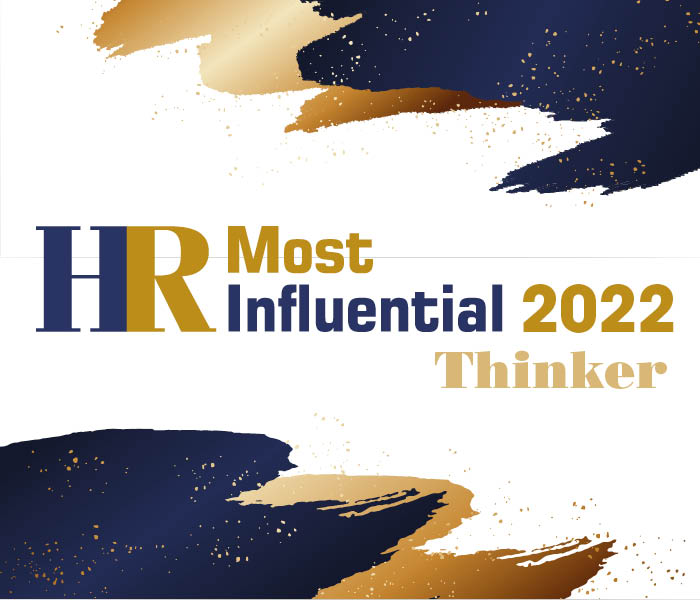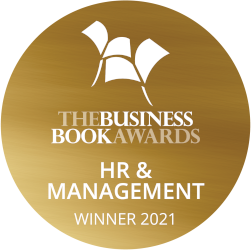Somewhat surprisingly, only 30 – 40% of attendees raise their hand. This number then drops down to only a few hands when I ask those with their hands up to keep them up if the following question applies to them ‘How many of you know exactly how many employees you will need 18 months from now and what types of skills they will require?’
Unfortunately, this question demonstrates where many HR organisations are today. Few would argue that having a solid understanding of your workforces, both now and in the future, isn’t a fundamental aspect of running a successful organisation. And yet, given the competing pressures of HR operating models, it is not surprising that this falls by the wayside.
To understand why this happens, lets first look at the fundamental components of a value HR operating model and then look at a real example of my time working with a global telecom company, to see how we can integrate lasting value into the model.
Creating a Valuable HR Operating Model
HR organisations have two main value agendas. The first part is strategic, and the second part is foundation.
The strategic part of the HR operating model aims to enable the workforce to drive performance and improve productivity by developing and retaining top talent. It concerns the integration of human capital lifecycle, which should include:
- HR workforce analytics
- Performance management
- Collaboration and knowledge
- Leadership development and organisation
- Workforce deployment
The foundation part of the HR value model aims to drive effectiveness and efficiency of the HR function, integrating a flexible HR infrastructure to reduce costs and improve efficiency.
This later part is where many HR managers will spend their time, in the back office, trying to save money. Whilst this is important, it should not be to the detriment of the strategic part of human resources operations.
An effective HRIS system that enables transformation can improve this, by focusing on:
- Flexible, scalable operating models
- Shared services or centres of expertise
- Integrate IT infrastructure
- HR process redesign
- Employee self-service or portal
- Administration of outsourced elements
These two components of a HR value model should work together in equilibrium. By creating an effective and efficient HR organisation, based on a best practice operating model with a supporting processes and technology platform (bottom of the model) you can foster a more engaged, innovative and motivated workforce, by getting the right people in the right place at the right time, that supports the overall business objectives (top of the model).
Let’s look at a real-life example of how a global telecommunications company I previously worked for balanced these two HR agendas.
Global Telecom Case Study
A short time ago I was working as the strategic advisor to the HR Leadership team of a large global telecom company. The company was in the midst of scaling up at large, acquiring smaller telecoms across the world.
After a while, it became evident that this was creating some issues within the HR department. Due to the rapid expansion of the company, we now had over 40 different HR operating models across the company. Meaning that there was no consistency in how HR operations were conducted and so we were now unable to access any single version of the truth.
To add to the problem, the chief information officer (CIO) and the IT department had already started developing a new human resource information system (HRIS). They had decided to replace all legacy on-premise systems with a cloud based HRIS.
The new system was to be quickly rolled out across the Group and would give ‘one version of the truth’ of HR data. Whilst this may sound like a step forwards, it did not account for the current issue at hand. To ensure that the new system wasn’t based on the current chaotic ways of working, we needed to first define the HR operating model and the HR IT landscape for the entire Group.
I advised the strategy director that we needed to take a step back and define who we were as a HR organisation today and how we wanted to set ourselves up in the future so that we could support the business strategy whilst simultaneously engaging the workforce within this strategy.
To do this, I recommended that we gather the entire HR Leadership team from all regions to discuss what a new HR system might look like. To start these discussions, I posed two simple questions:
- Where does the centre of HR management and operations sit?
- Who is responsible for talent management in the organisation?
It was important to remember that there is no overall right answer to these questions, other than what is right for a particular organisation.
In this case, the answer to the first question was that a ‘federated’ operating model was the best fit or the company, as it had mainly been built by acquisitions across the globe. This decision was reached fairly quickly.
However, the answer to the talent management question sparked a much more heated debate.
There were two camps. Group One felt the right model for managing talent was for HR to be predominantly responsible in coordination with local leadership. However, Group Two argued that the right model was to push the majority of responsibility for managing talent out to the business and local management teams.
Group One were concerned that giving up control of the talent management life cycle was to put HR in a diminished role within the organisation. Group Two’s main concern was that to allow the HR department to control talent management, was to give managers ‘a pass’ on managing their team’s objectives, developments and performance.
In my mind, Group Two had a more confident outlook on where HR could add the most value to the organisation. Providing them with more time to focus on being strategic talent advisors working predominantly in the top of the model, rather than direct talent managing and spending more time at the bottom of the model.
To break the deadlock of the situation, I proposed that we bring in senior HR leaders from similar companies who had encountered this problem themselves. Once we had listened to their experiences, both groups would have the opportunity to take make their case to the CEO and CHRO who would then make the final decision.
However, during these discussions with other organisations it became clear across the Groups that there was more consistency across the organisation than was initially thought.
Additionally, a few of the operating units had already implemented a Cloud-based HRIS to support the back office talent management efforts. This was producing good results in terms of cost savings, productivity and people engagement. The effort to get ‘one version’ of the truth was not looking as difficult as we originally thought.
We decided that a Group HR Transformation Programme was required to align the various HR best practices and systems and produce a new value operating model, underpinned by the latest Cloud-based HRIS technology.
We developed a cross-functional team of HR, Finance and IT senior managers selected from each of the major regions of the company. Creating a cross-functional team was ultimately critical to the programme’s success as each team brought specific skills and experience to the table to make sure that findings were based on solid data and were fully vetted and agreed upon.
Across the 6 week duration of the programme, the cross-functional team looked at every corner of the HR organisation, looking for HR best practice, value drivers and effective technology that each of the business units were using.
All of the data was collected and analysed on a weekly basis, with value findings logged and used to form the final analysis and conclusions.
As the project went on, it became clear that the HR organisation did in fact spend most of their time in the back office, trying to save money instead of working strategically to produce overall value.
Indeed, it turned out that the business units that had a central repository of ‘real time’ accurate people data to make decisions were more agile, spent less time making decisions and created better outcomes. Furthermore, teams where the manager was responsible for all aspects of talent management led the highest performing and most engaged team in the company. These talent managers were also provided with simple to use online tools to support talent management within their teams.
Following this project, it became clear to me and others within the team what the future of HR might look like. However, this was only the beginning and the external world was producing additional trends that would impact the world of work even further.
To find out more about these trends and how to develop a value led HR operating model that gets the right people in the right place at the right time, read my book Solving the Productivity Puzzle.
Photo Credit: John Schnobrich



